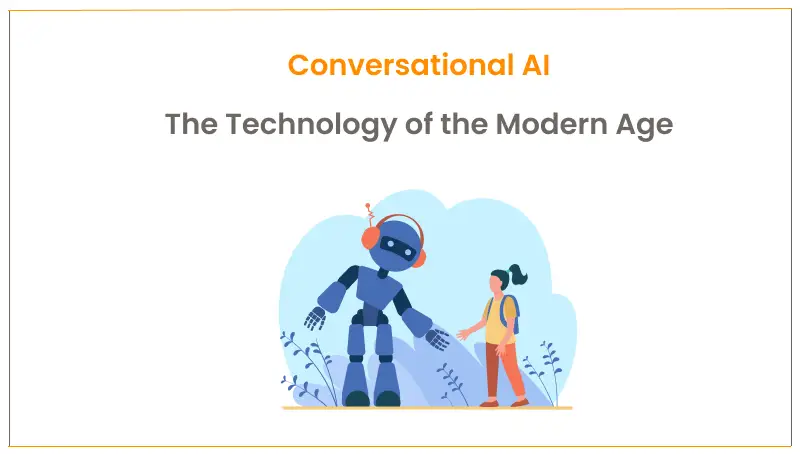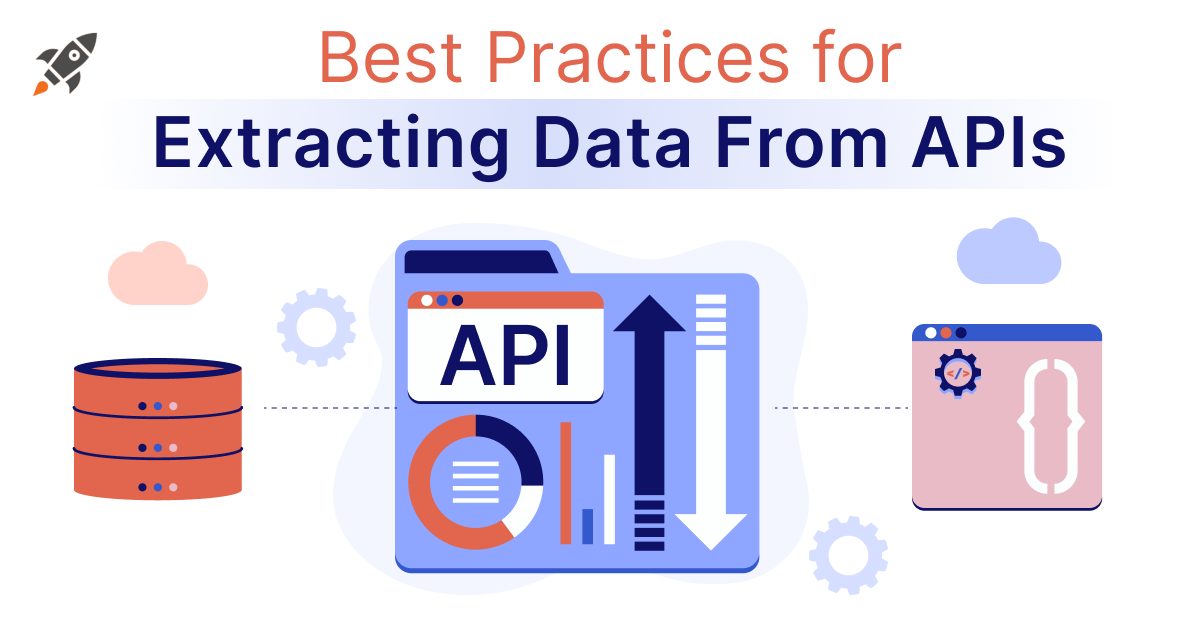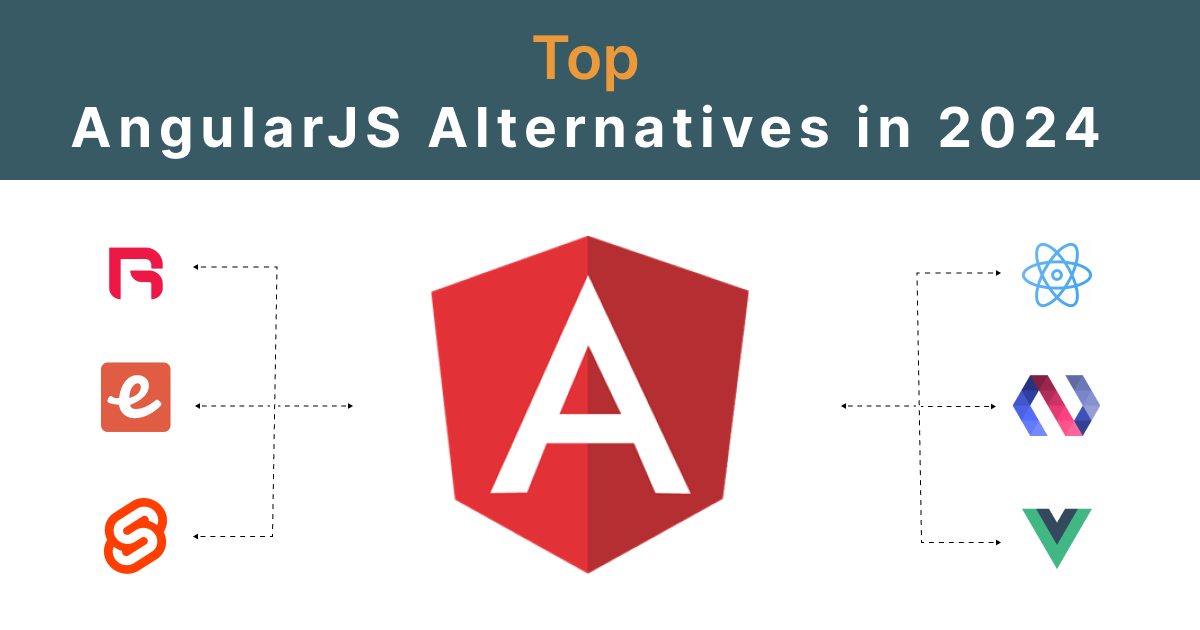When was the last time you gave a command to your home assistant, “Alexa, switch on the living room lights”? In case you missed out, Alexa and Siri are an example of conversational AI. Have you ever wondered how virtual customer assistants work? How do they answer customers’ queries with utmost precision and complete knowledge? Do they store customers’ information somewhere?
Through this article, we attempt to answer all your questions like what is conversational AI, which are conversational AI platforms, and conversational AI vs chatbots. Hopefully, by the end, you will be able to know how the latest technology works and some of the popular conversational AI examples.
What is Conversational AI?
It is a collection of technologies that are responsible for the regulation, automation, and facilitation of human-like interactions between computers and humans. Technologies including Conversational AI systems not only recognize speech and text but also decipher the intent of the message and respond in ways similar to human interactions. You might be thinking of a chatbot you communicated with recently, make no mistake conversational AI is different and enhanced in terms of technology than chatbots. Some recent example of conversational AI is Amazon Alexa, Google Assistant and Apple’s Siri. These technologies are taking the world by storm!
How does it work?
A conversational AI works across several levels. It begins with recognizing and deciphering the speech and translating it into a machine language for further process. Then, based on the query, an appropriate response is formed. Following this, the response is again translated into a language understood by humans. Thus, AI functions across a different set of speech technologies.
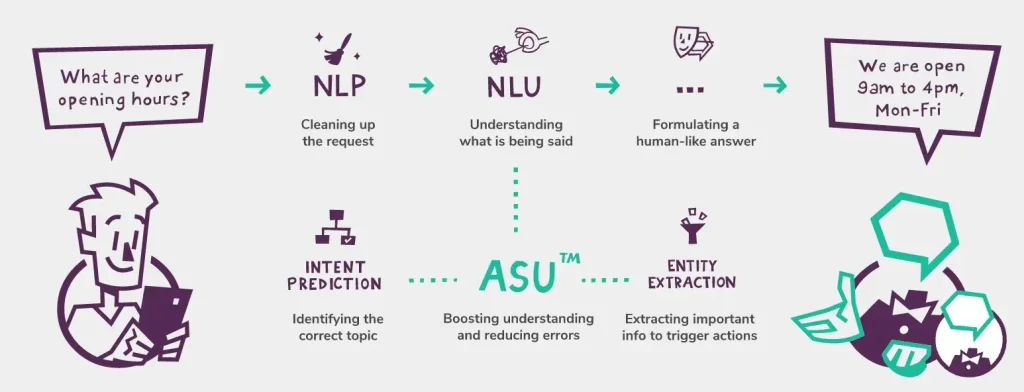
(Source: https://www.boost.ai/knowledge)
The key components are:-
- Automated Speech Recognition (ASR)
- Natural Language Processing (NLP)
- Advanced Dialog Management
- Machine Learning (AI)
The following section will elaborate on ASR, NLP, and ML among other components of Conversational AI.
Components that Constitute Conversational AI
As mentioned earlier, this section is an overview of the key components of conversational AI that plays a vital role in its functioning. These include Automated Speech Recognition (ASR), Natural Language Processing (NLP), Advanced Dialog Management (a subset of NLP), and Machine Learning (ML).
Automated Speech Recognition
Once the information is spoken, the ASR comes to work and translates it into a machine-readable format for further process. ASR is also called speech to text (STT). ASR is one of the most popular and revolutionary systems in the field of computational linguistics.
Natural Language Processing
Natural Language Processing is a technology that analyses language using ASR or Machine learning depending on whether the users’ information is text or speech-based. Four parts constitute NLP- Input generation, Natural Language Understanding (NLU), Advanced Dialog Management, and Reinforcement Learning.
a. Input generation
Input generation is the first step that includes the coming in of the information to be used for further translation and analysis.
b. Natural Language Understanding
Natural Language Understanding is an important aspect that deciphers the meaning of the input and derives the appropriate intention.
c. Advanced Dialog Management
Advanced Dialog Management is accorded with the task of forming responses based on the query and then translating them using Natural language generation.
d. Reinforcement Learning
Reinforcement learning refines and regulates responses ensuring the highest accuracy.
Machine Learning
Machine learning is a part and parcel of artificial intelligence, that aims at deciphering the human language and recognizing patterns to their highest accuracy and strives for the perfect responses.
How to build a conversational AI?
The building begins with thinking of prospective questions/queries that customers may want to interact with about the product or service being provided. Following this, conversational AI tools can be used to enter the relevant information.
In this section, we are going to provide you with a step-by-step guide on how to build conversational AI.
Step 1- Creating a list of frequently asked questions (FAQs)
Imagine yourself as an end-user of the product/service and write down a series of questions that you may have regarding the product. This list of questions will help to determine the needs of your consumers. For this step, you can take assistance from your client/customer success team as they would be knowing what the frequently answered queries are. Let us take an example of an adult care center. The questions that a user might have are-
- How do I begin with the registration process?
- What all recreational activities are included in the basic plan?
- Is the cost of food inclusive in the given budget?
- Is medical assistance available for 24hr?
- How many rooms are available in the condo?
You can add more questions to this list over time. The more questions you add, the better conversational AI would work.
Step 2- Insert your questions to a conversational AI tool as intents
- Now that you have determined your needs and goals as a customer, you are good to insert your questions into a conversational AI as intents.
- In this step, you have to teach conversational AI to be able to decipher questions that users might come up with while chatting with customer assistance. For instance, the question like how I begin with the registration process can be rephrased in multiple ways. One of them can be: What is the first step towards registration?
- For questions like these, you can seek help from the team overlooking digital analysis. They can get hold of a series of questions asked by customers through site search data.
Step 3- Determine keywords relevant to the intents (or questions)
- In this step, you will determine all the keywords or phrases that are relevant and provide answers to the intents or questions. These phrases will work as an entity to those questions and will lead to a meaningful dialog between the user and customer assistance.
- Concerning the example, the key phrase to how I begin with the registration process would be to register at [email protected] or Visit [email protected].
Step 4- Coming together of intents and entities
- This is the final step where intents and entities come together to form a meaningful dialog between the user and customer assistant.
- The intents facilitate the machine to comprehend what is being asked by the user. The entity plays important role in providing relevant answers.
Why are enterprises investing in this?
In the past two years, the growth of businesses on the digital platform has increased in abundance. Even the customers prefer seeking assistance or knowing about the product/service online.
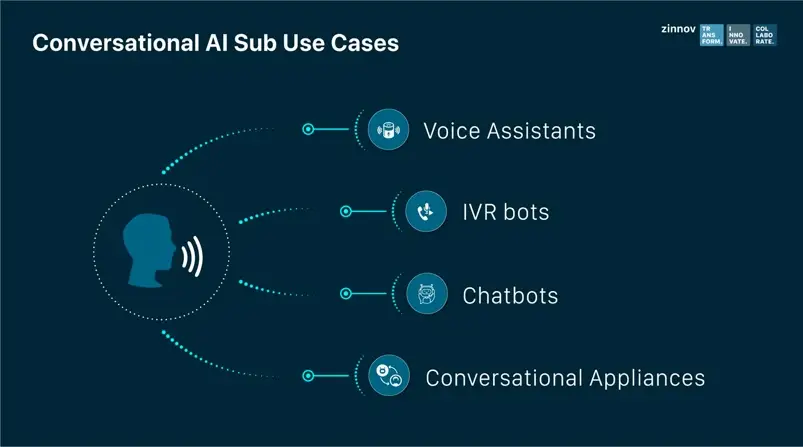
(Image Source: https://zinnov.com/)
Thus, it has given rise to various customer assistance, voice recognition systems, or digital chatbots. All these are part of conversational AI. Digitization is a primary reason, more so, after the world was hit by the pandemic. However, this section lets you into a deep dive list of the reasons as to why enterprises are investing in conversational AIs.
Overcoming communicative barriers
The technologies used by conversational AIs like assistant speech recognition, natural language understanding, and dialog management helps customers overcoming communicative barriers. The translation from text to speech and vice versa enhances accessibility among users.
Automation of administrative tasks
The presence of software like Grammarly or Ginger grammar check has made work easier for people. They can type in a hurry knowing that the spell check will correct it. Apart from this, there are many administration-related tasks or famous FAQ chatbots that assist customers to engage with brands. All this is optimized using conversational AI.
Optimizing hiring process
With the help of conversational AI platforms, updating employee details, the application process, and employee training are optimized and regulated in easy ways. Also, it enhances workflow as workers can engage from different locations. By now, we all have been trained to work remotely.
Medical sector
The medical sector has witnessed massive reforms with the advent of conversational AI platforms in terms of greater accessibility of patients’ records. Administrative tasks such as billing processes and the exchange of prescriptions are easier than before. In fact, during pandemics many health care centers used conversational AI for reaching out to people with basic cough and cold.
Internet of Things (IoT) devices
One of the major lifestyle changes throughout a couple of years has been the addition of conversational assistant, smartwatches, and mobile phones. All applications are synced to one another. The conversational AI examples are Amazon Alexa, Google Home, Apple’s Siri use assistant speech recognition to interact with users.
How does this benefit business?
Many businesses are adopting this technology into their systems because it enhances their workflow and leads to increased productivity. This section provides a hindsight view as to what benefits conversational AI brings with it.
Enhances workflow and customer engagement
During a time when more than half of the global businesses have switched over to remote working, the use of conversational AI for customer service has helped a lot. With the help of mobile devices, businesses are empowered to provide real-time information to their users. This has enhanced customer engagement as users are a click away from interacting with their favorite brands. Increased customer engagement has reflected on the brands’ customers loyalty shown on social media. This adds to the annual revenue through online shopping, cross-selling recommendations, and weekend discounts.
Cost-Effective
One of the major advantages of conversational AI is it saves a lot of bucks which can otherwise be used on hiring professionals assisting potential consumers with their sales and purchase. Also, one cannot expect the customer management team to be answering customers’ queries outside office hours. This is where a conversational AI for customer service comes to small and medium enterprises’ rescue as customer assistants and chatbots can answer customer queries at any time of the day.
Extensibility in working style
The adoption of conversational AI for customer service brings an advantage for businesses that are looking to expand their operations to different geographical locations. This is useful as it is faster than any onboarding process.
Difference between Conversational AI and Chatbots
Conversational AI functions across various levels of advancement. However, when we talk about chatbots vs conversational AI, the key differentiator of conversational ai and the chatbot is that a chatbot or popularly called a FAQ bot answers very specific questions. A chatbot may not even qualify as an example of conversational AI. In some cases, the chatbot only responds when the user inputs the exact keyword.
Conversational AI on the other hand is much advanced and designed to automate business processes and facilitate human-like interactions with a machine. As mentioned in the other part of this article, the key differentiator of conversational AI is Natural Language Processing (NLP) which governs language understanding and dialog management, and chatbots lack NLP. The presence of NLP and dialog management systems makes conversational AI a winner in this race of conversational AI vs chatbot.
Challenges of Conversational AI
Since it is relatively a new technology that is still developing. Thus, there are bound to be certain challenges that we need to be mindful of before completely relying on them for our customer experience. This section will touch upon the basic drawbacks.
- Non-verbal communication
Deciphering tone, sarcasm, slang, and accents are a few examples of non-verbal communication that conversational AI has to keep up with. And honestly, at times it is beyond the technology to reply with an appropriate response. At the end of the day, the conversation is happening between a human and a machine! It is a task to register all intents into the conversational AI tool.
Privacy concerns
One aspect of digitization that is a concern for everyone is privacy. The security of data is everything in today’s day and age, and since this evolving technology relies on collecting and deciphering data, it becomes even more vulnerable to security breaches and data theft.
Overcoming customers’ apprehension
Not all users’ will readily accept to interact with a machine, especially if it is related to sharing their financial or other confidential details. In such cases, companies should make an effort of educating their customers and normalizing conversations with the machine. Still, if users are not comfortable or unsatisfied with the replies they received from conversational AI, they should be provided with an option of connecting with an employee.
Final Thoughts
As we reach the end of this article, we hope your questions regarding what is conversational AI, AI powered chatbots, famous chatbots vs conversational AI got clarity. Our only submission would be that this futuristic technology is an extremely helpful technology for optimizing certain administrative tasks for businesses. However, a part of its efficiency depends on how accurately intents and entities are filled in. As the world of technology is dynamic, we do expect this to evolve into a full-fledged machine assistant that would revert to all questions with absolute accuracy.

